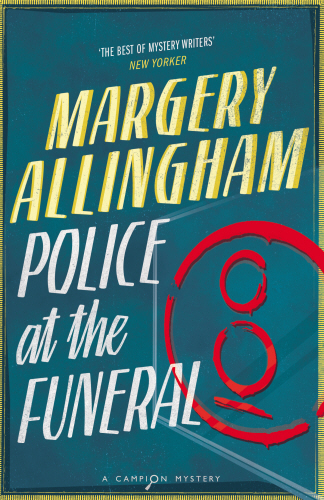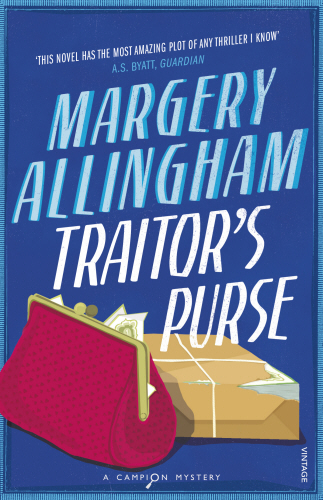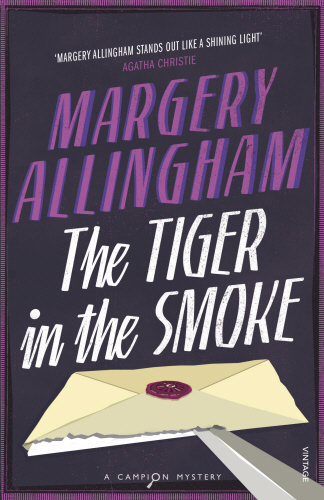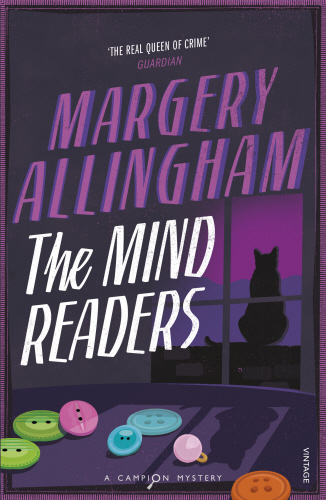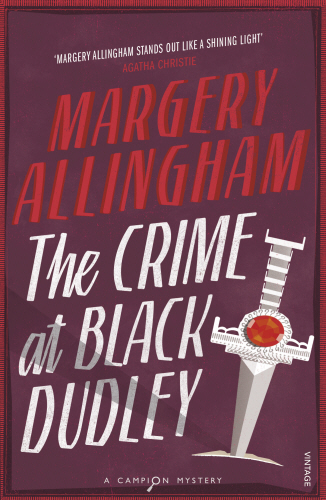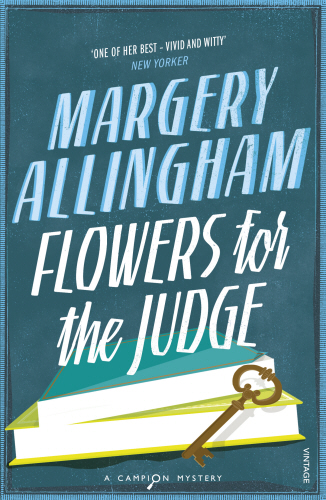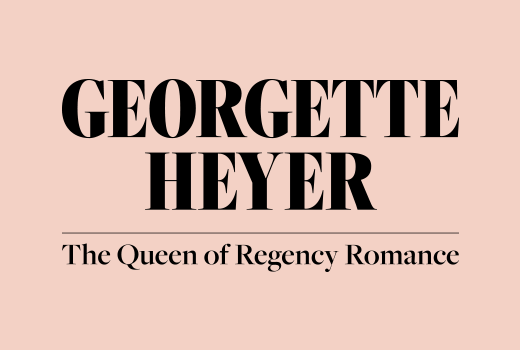Margery Allingham’s work merits a good deal of re-reading. Her work is intelligent, artful and precisely observed and her characters notably strong. It is these strengths that makes her both distinct and timeless. Her ability to capture the sensual assault of period London and to observe and craft distinctive characters have often seen her compared to Dickens, but Allingham’s London is always “her”, personifying the capital as female. Allingham would have witnessed first-hand the explosion of female workers keeping the city running during World War I. And during World War II, she chronicled in rich detail the social and personal impact of the advent and reality of the war on her own small Essex village with her book, The Oaken Heart and its sense of living social history.
“Lying, they say, is a new modern art of the enemy’s but telling the truth is not easy. In fact, telling the truth is the basis of all classic art, which has always been notoriously difficult. However, I have done the best I can.”
– The Oaken Heart
Allingham’s fiction spans both genre and period. She writes across multiple genres – all laced with a lightness of touch and wit that belies her razor-sharp observations of humanity. Her considerable capacity for observation and fine, nuanced detail in her storytelling capture the changing world around her throughout the six decades in which she was published. Allingham’s recurring characters age with her – like Allingham herself, they engage and grapple with the seismic social and cultural changes of the 20th Century.
Allingham’s novels tend to be whodunnits with rich characters and clever, though not overly complicated, plots. Indeed, the Campion stories are more adventures than true mysteries, and it is the characters and circumstances that propel the plot, connecting with her audience on an emotional and cerebral level, rather than a straightforward puzzle over the killer. Allingham is fundamentally less concerned with “whodunnit” than “whydunnit”. This question of why consistently drives her writing and she directs her characters to fully explore it as her dominant plot device.
“I now know what I am doing and what I am going to do. I wrote the book intentionally and not by accident and I am going to go on writing similar stories – Malcolm can’t cure me, I’m doing it on purpose.”
– Margery Allingham (after her American publisher raised questions about The Fashion in Shrouds, 1938)
Allingham is interested in what “ordinary” means, and delights in revealing extraordinary characters and circumstances within the mundane or everyday. Her writing is witty, clever, vibrant and even – at times – subversive. As the above retort to her American publisher demonstrates, Allingham had a rebellious streak. This is evident in Allingham’s commentary on class obsession in works such as Police at the Funeral, in which she observes how the old Victorian class structures are breaking down, and how formerly great families are blundering towards ruin because of their archaic obsession with appearance and avoiding scandal. Allingham explores the fear of a de-stabilised government and dictatorship in Traitor’s Purse and the psychology of a villain in her thriller, The Tiger in the Smoke. Allingham writes women who have agency in her stories, looking beyond their domestic or working roles, allowing them complex inner lives and motivations – including making them villains.
Allingham naturally gravitates towards the bohemian, the artistic and the downright eccentric. She is fascinated by life on the fringe – or just beyond it – especially if it masquerades as solidly conventional. Her work is populated by a colourful mix of artists, adventurers, publishers, actors, circus performers, music hall stars, aristocrats, fashion designers, socialites and entrepreneurs. Even her more apparently strait-laced Establishment characters have a distinct quirkiness, such as recurring clergyman Canon Avril. Campion’s uncle by marriage, Canon Avril lives frugally and unconventionally in a large rectory in an impoverished London square surrounded by a lively assortment of larger-than-life tenants (The Tiger in the Smoke, The Mind Readers). In Allingham’s hands, even minor, seemingly innocuous characters have unexpected and sometimes chilling depths, such as in The Crime at Black Dudley, and sometimes they are darkly comic, such as Quiet Ritchie in Flowers for the Judge.
Allingham herself was an individual and writer of genuinely wide human sympathy. Even her bit-part characters are regularly precisely observed with their own finely drawn inner lives and motivations. It would be inaccurate to describe her as a feminist but it is fair to say she deals in the problems, challenges and limitations of both femininity and masculinity. She is genuinely interested in what makes all people tick.
